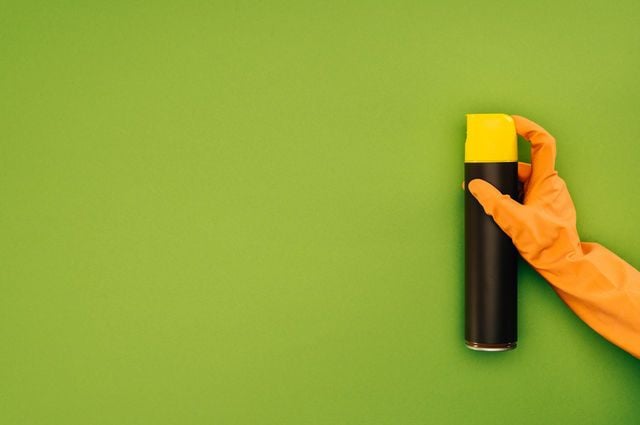Hygiene and Sustainability: How to make both work?
17 experts shared their view
Just when it seemed as if single-use plastics were slowly becoming a thing of the past, COVID-19 hit the industry. The second half of 2019 had seen more and more industry leaders making public pledges to abandon a product group that had become the infamous representative of an old and immoral, linear economy.
A few months later, the former sustainability arch-enemy is experiencing a massive comeback as a hygiene hero. COVID-19 and the fear of future pandemics are radically challenging recent approaches to product circularity/re-use by imposing enhanced hygienic standards. Keeping a strong position against single-use items might impose dramatic acquisition costs and operational distress on businesses slowly recovering from their liquidity breakdown.
Whilst pondering the reputational risk of violating hygiene law on the one side and diminished sustainability efforts on the other, the former is likely to turn up trumps.
The battle for sterility might be won by detergents containing ingredients unlikely to biodegrade in wastewater. Laundry services might cause more emissions due to an average increase of the washing temperature.
Where lies the sweet spot between hygiene rule compliance and sustainability? Must there be a trade-off? Are there Best Practices to share?
We continue facing the issue where the environmental value of a product's entire life cycle is not internalized into its cost and is not reflected in the legal regulation. This incentivizes the popularity of cheaper single-use products, whether absolutely necessary for safety or not. Recommendations of WHO, for example, clearly recommend the need for single-use protection equipment, such as gloves, in relation to certain types of contact with potentially infected persons, such as during surgery or a medical examination.
At the same time, it indicates that “inappropriate glove use […] represents a waste of resources and does not contribute to a reduction of cross-transmission.” As for disinfecting, there is a large choice of products certified by the EPA that contain substances with higher virus neutralization effects such as bleach, hydrogen peroxide, or alcohol.
However, the use of recommended products would not make the difference to 80% of global wastewater that is discharged into water bodies without treatment. There are many further examples of hygiene practices questioning a trade-off between safety and environmental sustainability. However, the regulatory role of a government is crucial in finding a balance for the sake of sustainable safety practices. Incorporating environmental value into the cost of using and disposing of products could direct towards more cautious practices in using such products only where it is strictly necessary for the purpose of safety, and incentivize innovative product design that harmonizes environmental and wellbeing requirements.


